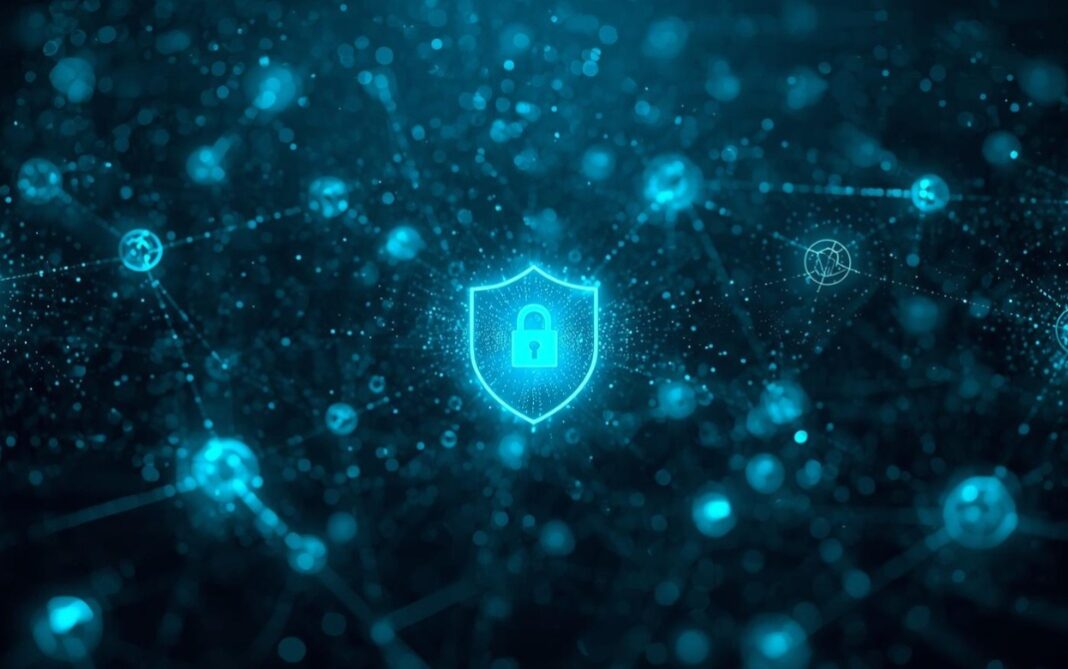Crypto exchanges have become prime targets for cyberattacks, with billions of dollars lost to breaches over the past decade. As digital assets grow in popularity, so does the need for robust security. One of the most effective tools in this fight is blockchain risk analysis, a proactive approach to identifying vulnerabilities before they can be exploited.
Also Read: From Hacks to Trust: How a Blockchain Security Audit Protects Investor Funds
Why Blockchain Risk Analysis Matters
Unlike traditional financial systems, blockchain operates on decentralized networks with unique attack surfaces. Smart contracts, private keys, and consensus mechanisms all introduce potential risks. Blockchain risk analysis helps exchanges assess these threats systematically.
By evaluating transaction flows, smart contract logic, and network behavior, analysts can detect anomalies and weak points. This process allows exchanges to patch vulnerabilities, strengthen protocols, and avoid costly breaches.
Common Threats Uncovered by Blockchain Risk Analysis
Blockchain risk analysis can reveal a wide range of security issues:
- Private key exposure: Weak storage practices that risk wallet compromise
- Phishing and social engineering: Attacks targeting exchange employees or users
- Cross-chain bridge vulnerabilities: Exploits in interoperability protocols
- Insider threats: Malicious actions from within the organization
By identifying these risks early, exchanges can implement safeguards like multi-signature wallets, real-time monitoring, and automated threat detection.
Case Studies: Hacks That Could Have Been Prevented
Several high-profile breaches highlight the importance of blockchain risk analysis. The 2022 Ronin Network hack, which resulted in a $600 million loss, exploited a weak validator setup. A thorough risk analysis could have flagged the centralization issue and prompted a redesign.
Similarly, the Poly Network breach exposed flaws in smart contract logic. If developers had conducted a detailed blockchain risk analysis, they might have caught the vulnerability before deployment.
These incidents underscore the need for continuous risk assessment, not just during development, but throughout the lifecycle of a blockchain system.
Integrating Blockchain Risk Analysis into Exchange Operations
To prevent hacks, crypto exchanges must embed blockchain risk analysis into their core operations. This includes:
- Regular audits of smart contracts and wallets
- Real-time transaction monitoring
- Threat modeling and penetration testing
- Staff training on security protocols
By making blockchain risk analysis a routine practice, exchanges can build trust, protect assets, and ensure long-term viability.
Also Read: How Smart Contract Security Testing Tools Safeguard Your Blockchain Projects
Conclusion: Security Starts with Blockchain Risk Analysis
Crypto exchanges face constant threats, but they’re not defenseless. Blockchain risk analysis offers a powerful way to anticipate attacks, fix vulnerabilities, and safeguard digital assets. As the crypto landscape evolves, proactive security will be the key to survival and success.




